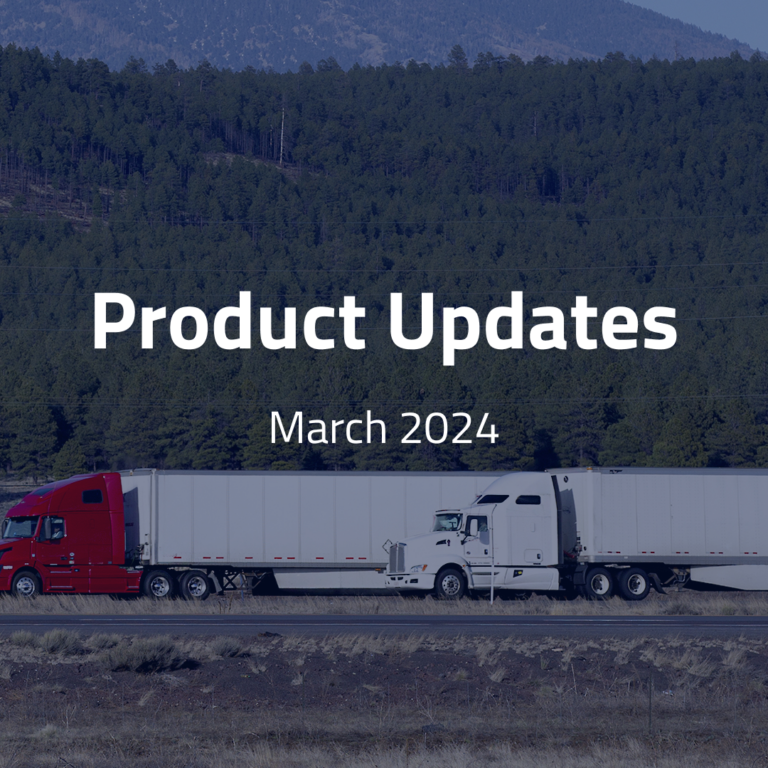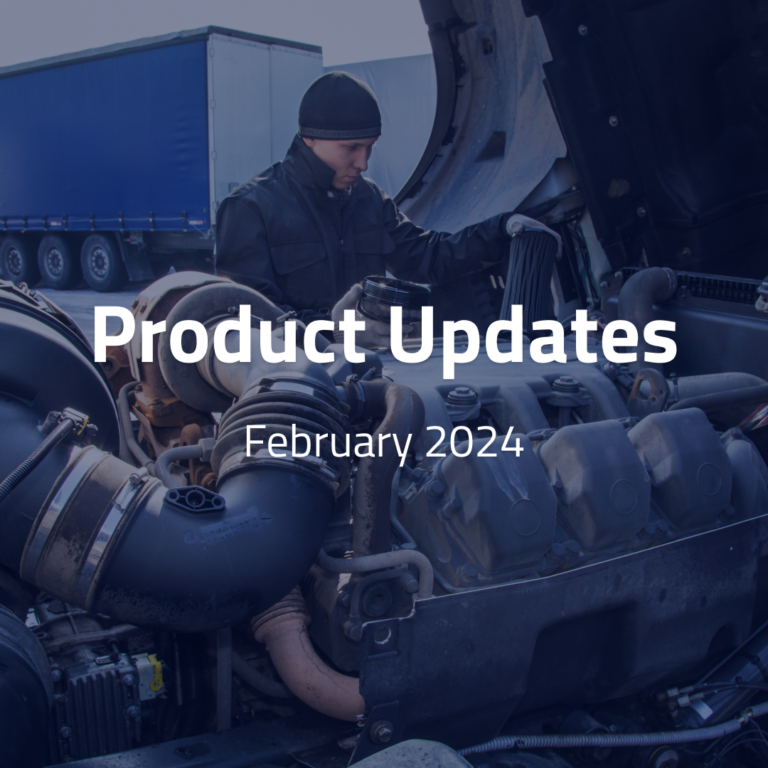
The Ultimate Guide to Implementing a Predictive Maintenance Platform - Part 1
06 April 2023
Read time: 4 min
Part 1: Getting Started
This blog is Part 1 of the 3-part series for assisting fleet and operations professionals in successfully implementing predictive maintenance solutions within their businesses.
Preface
The last decade has been full of innovation, challenges, and great advances for maintenance and fleet professionals across industries. Businesses have invested heavily in digital transformation, regardless of size and scale, to address operational challenges, save money, and deliver an improved customer experience.
Some of the technologies that have paved the way to get the industry to this point are telematics, maintenance management systems, workflow automation, communication, collaboration tools, and many others. Predictive maintenance technologies, such as Pitstop, leverage the underlying set of data, infrastructure, and operational practices to help operations staff have an oversight that they have not had before.
Furthermore, commercial fleets often operate in hyper-competitive service industries where cost differentiation and operational improvements are key to improving their bottom line. Predictive intelligence allows a new set of data points and different decisions that the business can make to drive operational innovation.
Below is the first part of a 3-series guide in assisting fleet and operations professionals in successfully implementing predictive maintenance solutions within their businesses.
What is Predictive Maintenance with AI?
Predictive maintenance solutions focus on using existing operational and sensory data to understand operations and predict potential threats ahead of time by applying advanced mathematical techniques to the data set. In essence, predictive maintenance is able to alert a manager of a real-world failure ahead of time by using the existing available data.
Pitstop uses data from telematics, service history, OEMs, and several other data sources to make this magic happen. These data sets then go through Pitstop’s proprietary AI algorithms and machine learning models to deliver predictive insights.
Challenges in fleet maintenance today
1. Fleet managers need the right data
Fleet managers currently use a long stack of technologies to manage their business. Data from telematics devices, OEM proprietary tools, maintenance applications, ERP applications, and others. They can access multiple disparate systems with different data sources and collate this information to drive action within their business.
This approach is overwhelming and ineffective, with systems often underutilized. Fleet managers need access to the right data, but not all of it. Predictive maintenance platforms leverage the underlying applications, providing accurate information for each asset.
Integrating multiple data sources into a unified predictive maintenance platform reduces the time and effort required to analyze data, enhancing decision-making efficiency and supporting proactive maintenance planning.
2. Lack of precision
Traditionally, fleet management and maintenance professionals have used industrial engineering practices to implement scheduled preventative maintenance based on usage, wear, and specialization of the equipment. For fleets, common practices involve odometer reading, engine hours, cost of assets relative to cohort, and other financial motivations.
These practices are often costly and imprecise, with assets either over or underserved.
However, with the help of a predictive maintenance platform, maintenance can be tailored to the specific needs of each asset. Advanced analytics can help pinpoint the optimal maintenance intervals, improving the effectiveness of maintenance activities and minimizing downtime.
3. Unscheduled maintenance
Unscheduled maintenance is another line item in the finances of fleet operations. These events happen for a multitude of factors, such as driver behavior, OEM recalls, in-field failures, and others.
By its nature, it’s unpredictable, unforeseen, and often costs more than standard and preventive maintenance. Beyond parts and labor, there are additional costs that come from missed customer commitments, administering the failure, and vehicle downtime.
Again, predictive maintenance platforms can help mitigate the impact of unscheduled maintenance by identifying early warning signs and addressing potential issues before they escalate. This proactive approach can reduce the frequency and severity of unscheduled maintenance events, improving fleet efficiency and customer satisfaction.
Solutions to the challenges in fleet maintenance today
The strategies to approach this problem will be categorized into three parts:
- People
- Process
- Technology
Communication is critical for the success and adoption of any new technology or project. For larger organizations, introduce the project within the existing program management and project delivery framework to engage stakeholders. For smaller organizations, a combination of scrum-like communication channels can serve as the project management platform for all.
Part 2: People and Process is now live! Continue reading here
Reach out to our experts to get started today: sales@pitstopconnect.com

About the Author
Rakean Zakir is the Customer Success Lead for Pitstop, a powerful predictive maintenance software for the transportation and automotive industry.











